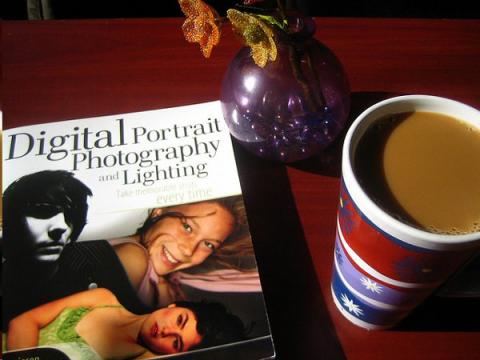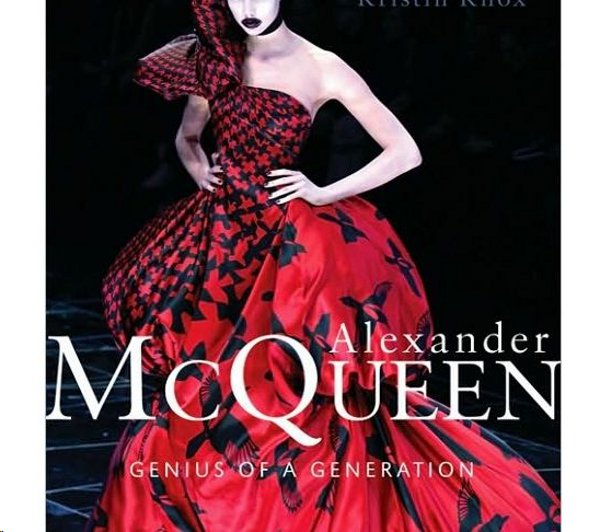As the Rest of Publishing Goes Digital, Coffee Table Books Remain a Print Staple

While magazine publishing and book publishing have made the leap from print to digital, there is still one niche of book publishing that is slow to conform: the coffee table book.
Coffee table books which are large, illustrative books focusing on a particular subject, are growing stronger in the publishing industry, according to an article on Marketplace Business. The books, generally regarded as great holiday gifts and decorative household items, are objects as other print materials switch to digital.
“There’s something about the level of detail, the color, the color rendition and the simple artistry of a really well-done coffee table book that can tie a whole room together and bring it to another place,” said New York School of Interior Design dean Ellen Fisher, as quoted in Marketplace.
The coffee table book’s first appearance in the publishing world was in the 1950s under the work of Paul Steiner, founder of the Chanticleer Press. Mr. Steiner’s work of photographic books became really popular in the 1970s after he put together the “National Audobon Society’s Filed Guide” and “Pocket Guide” series.
Nature-focused illustrated books were the status quo at that time, as Chanticleer Press continued to publish other series: Taylor’s Guides to Gardening and Mary McCarthy’s Stones of Florence. The 1960s had the Exhibit Format series, introduced by environmentalist and executive of the Sierra Club David R. Bower. Bower is credited with the idea of the “modern coffee table book,” as he wanted to create books that were similar to photography exhibits. The first book in the series was titled This is the American Earth, and featured photography by Ansel Adams. The Exhibit Format series would eventually lead to the publication of 20 environmentally and nature-focused coffee table books.
The illustrated books expanded from their focus on nature to just about every topic imaginable, featuring artists, musicians, cities and countries, and fashion. The coffee table book itself is designed for a light read, relying on its high-quality, stunning images to capture the reader. Coffee table books have also been a part of pop culture skits, from an episode of Seinfeld to Family Guy and Conan O’Brien.

"There's something about physical books that allows owners to make a statement about themselves in their home and life that other people can immediately pick up on and relate to or not relate to,” said Josh Baker, art director for Taschen, publisher of books on art, architecture, design and photography.
It is that ability to share interests with and portray factions of themselves to guests that make coffee table books so popular. There are always highly anticipated releases, such as 2011’s Lady Gaga X Terry Richardson, Alexander McQueen: Savage Beauty and 2012’s The Creativity of Ditko, Artists in Love and Mario Testino: In Your Face.
In addition, coffee table books might be key to keeping bookstores alive. In a recent article in The Independent, Tom Tivnan, features editor of The Bookseller said that "Illustrated books and art books have withstood the digital decline that the rest of the industry is facing. The 'beautiful' books are the print books that will survive in the digital age. The latest Bookscan figures suggest, for example, that sales of individual monograph art books were up 70 per cent last year." A coffee table book can range from $50 and up for collector’s edition, and people are willing to shell out hundreds of dollars for the design aesthetic.
“Giant book distributor Ingram Content Group says last year independent bookstores’ orders for travel books climbed 23 percent, while design books were up 20 percent and art books 12 percent,” according to an article in The Wall Street Journal.
The coffee table book provides an experience that the Kindle cannot compete with, as independent publisher Mark Batty describes in his Op/Ed “The Kindle Can’t Scare Me.” Until e-books and e-readers evolve, the coffee table book will most likely remain untouchable.
Author Bio:
Gabriella Tutino is a contributing writer at Highbrow Magazine.





























































































































































































































































































































